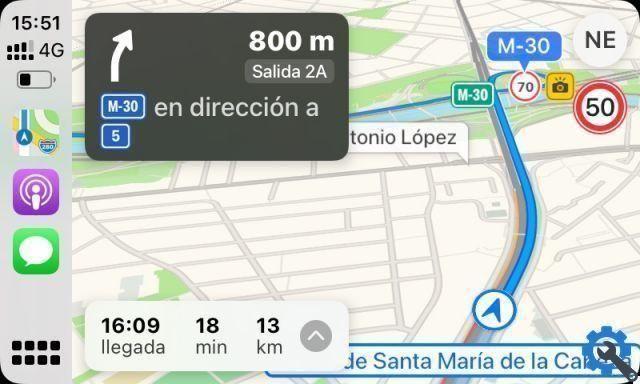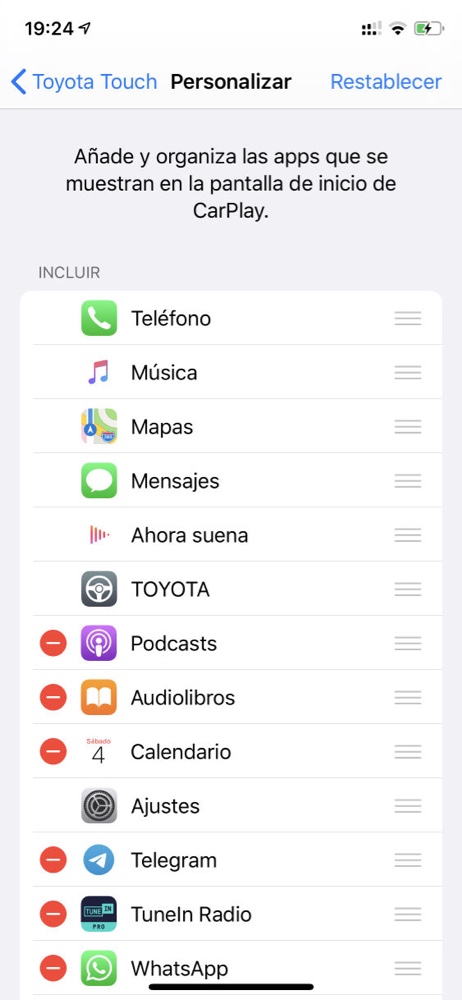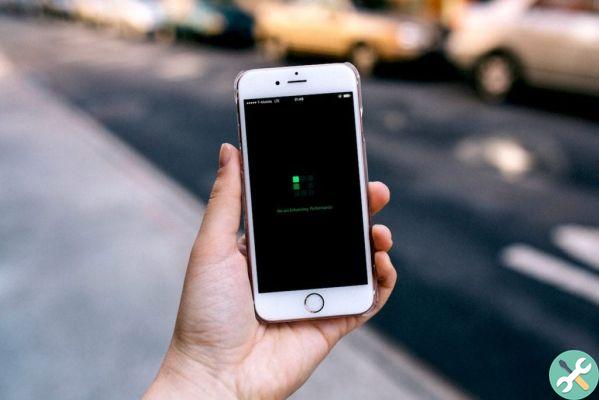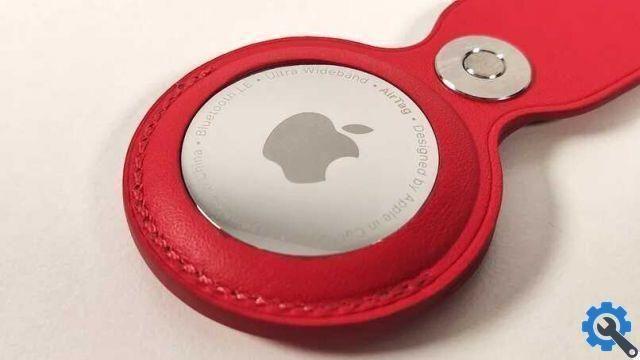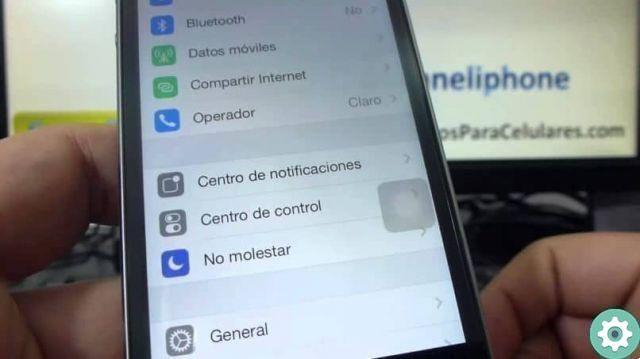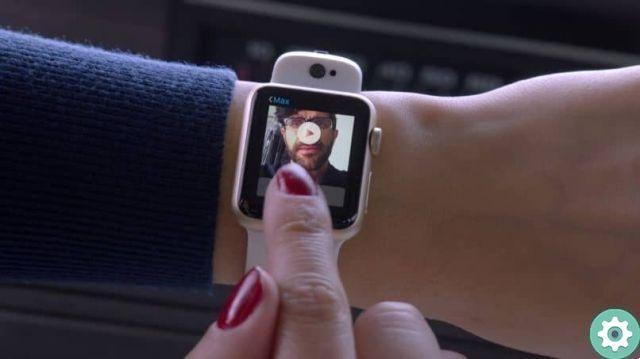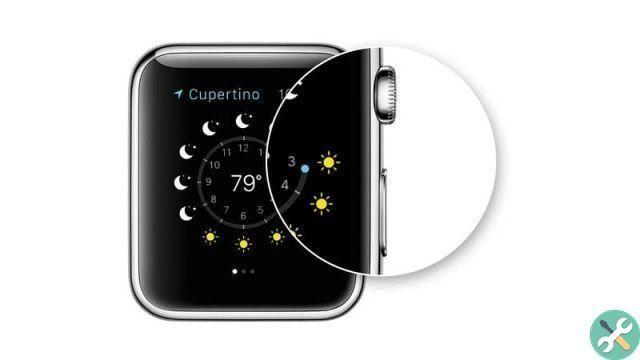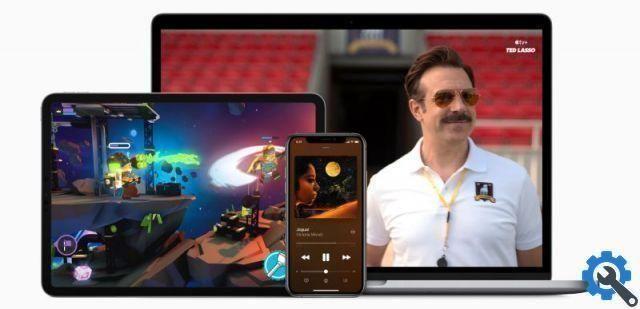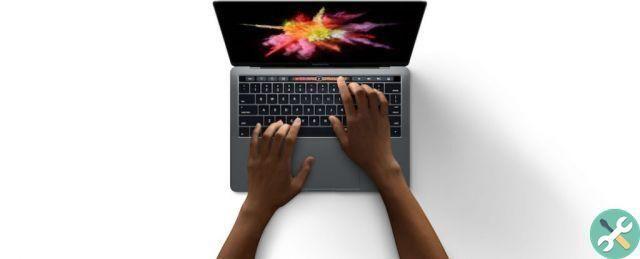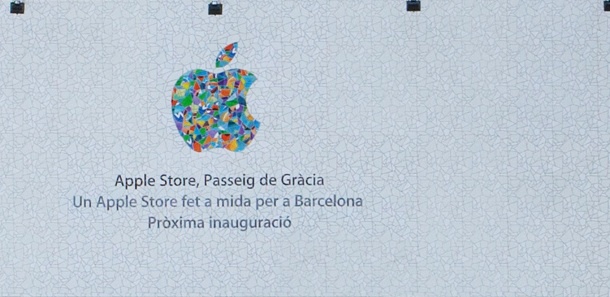Two patents have appeared explaining in detail the operation and use cases of Apple Air Tags, in a clear sign that the product is ready for presentation and there is nothing the competition can do to neutralize it before it is released.
Patently Apple calls them “Master Patents,” meaning that they not only explain how the product works, but provide an overview of the entire line of products involved.

The patents, which include a large number of images, are named "Mounting base for a wirelessly locatable tag" and "Fastening with bound retaining ring". object in a narrower way than using GPS. The patents also show a large number of potential uses for AirTag.
The documents outline "a device used to locate physical objects" of "small size, and of a suitable shape to be attached to objects", with "a robust structural design that guarantees reliable use in the event of collisions, falls or generic situations of potential damage in different scenarios and conditions ". They suggest that "the device may be waterproof or at least water resistant and may be able to withstand direct impacts, drops or adverse situations that may occur during normal use of the device." It may also offer audible or tactile responses.

The images included in the patent also show the potential design of the device, which coincidentally closely resembles rumors about the design with a metal disc on the back and a plastic casing on the top and sides. The patent also shows a leather bag with key ring.
The position and tracking capabilities and the direction of objects that the device has are defined as extremely reliable, so that "a phone may be able to determine the position of a" tag "to an approximation of less than one meter and even with less than a foot ". The patents explain how the general connected environment that includes labels, phones, computers and other devices offers new functionality, presumably using an ultra-broadband connection.

In addition to locating a lost object, devices can be used to trigger actions on devices when they are within a certain range or orientation. The patent offers the example of a "Tag" "placed in a room of a building so that when someone enters, their smartphone detects that they are within the distance threshold of the" tag ", which brings up a map of the building the smartphone ".
The patents also explain that the devices can function in different ways. In a “normal operating mode… the tag can save energy and establish one-time or intermittent communications between one or more devices ,,, to confirm location and exchange information about the status or location of the tag. In this way the tracking device can periodically update itself on other devices ". Interestingly, this communication could only happen in one direction, without the tag receiving any information about the other devices despite the transmission.
"Lost mode" would occur "in response to an unexpected loss of communication between the tracking device and one or more devices" allowing the tag to conduct encrypted transmissions through other devices to send information to the device owner. In other words, a lost tracking device could be discovered "secretly" by another person simply because it has entered range, allowing the owner to see the location of the lost tracking device. Another way could be to use the same system to report the location and status of the tags that have been forgotten at home, for example through their connection with other devices in the house.

The images also show tracking devices hidden in compact storage boxes, an Apple Watch band, cable or tape, a circuit you can open or close. The patent also indicates that these devices could be charged mounted on a base, which could be similar to Apple's newly introduced Magsafe charging cable.

Interestingly, the images accompanying the patents also show how the devices could be placed on the user's body to monitor the user's posture, record body movements to control a game or avatar, or monitor body movements during the workout.

Proprietary devices can also be used in augmented reality and games of that type. For example, these "pills" could be used as pieces in an Augmented Reality chess game, as their position can be determined with great precision. They could be visually replaced in an augmented reality environment by computer-generated graphics.

Although the patents are not conclusive proof that AirTags will have all these characteristics when announced, the length and breadth of the patents is surprising (and there is no doubt that it aims to limit the growth capacity of potential competitors and that others competitors block the development of new features in AirTags.
We have covered Apple Air Tags patents on other occasions







